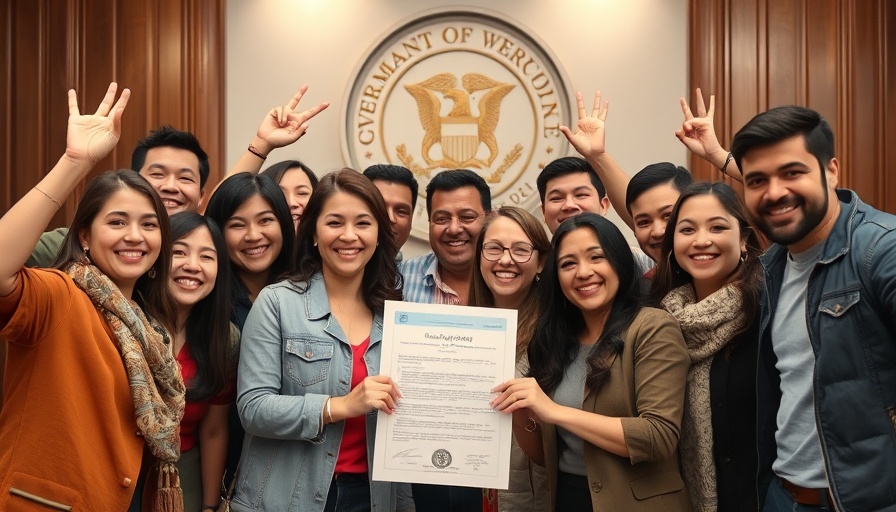
Governor Whitmer's Directive: A Need for Change
In an effort to address the gender disparity in Michigan's education system, Governor Gretchen Whitmer recently signed an executive directive aimed at encouraging more men to enroll in colleges and job training programs. Despite millions of dollars invested in reducing education costs in the state, statistics reveal that male enrollment consistently lags behind female enrollment, a trend that mirrors national statistics. This initiative marks a significant push to bridge the gap and enhance educational opportunities for men across Michigan.
Understanding the Gender Gap in Education
The gender gap in education has been a growing concern, particularly in technical and vocational training programs. Data indicates that women are not only enrolling more but are also graduating at higher rates from state-funded institutions. Governor Whitmer emphasizes that this trend is detrimental not just to the individuals affected but to Michigan’s overall economic growth. By initiating outreach focused on male demographics, the state hopes to change perceptions about educational opportunities available to men and showcase how these programs can lead to lucrative and rewarding careers.
Highlighting Financial Support and Resources
Michigan has invested approximately $375.4 million for the 2023-2024 school year in student assistance programs encompassing state-funded aid. This funding supported over 117,000 students, yet the benefits have not reached males equally. The governor highlights the importance of ensuring that all demographics are aware of financial aid opportunities that can alleviate the burdens of college tuition and training costs. Programs designed to lower these obstacles could potentially shift enrollment statistics, offering men the chance to pursue degrees that would propel them into in-demand job markets.
The Bigger Picture: Workforce Development and Economic Mobility
Governor Whitmer's directive transcends mere academic enrollment; it ties into a broader strategy for workforce development. The goal is clear: by 2030, at least 60% of Michigan’s working-age adults should possess a skills certificate or college degree, an increase from the current 51.8%. Meeting this objective is essential for achieving comprehensive economic mobility, supporting family formation, and utilizing Michigan's most valuable asset—its people. Increased enrollment and training for men will directly contribute to this objective, energizing sectors in need of skilled workers.
Community Colleges Taking Initiative
Notably, community colleges across Michigan are stepping up to attract male students. Some institutions are tailoring programs to engage men with skills that are in high demand, such as trades and technical fields. Innovative approaches, like hosting outreach events and establishing mentorship programs, might tip the scale, allowing a more balanced enrollment among genders. These institutions recognize that equitable access to education will foster a healthier workforce and community.
The Path Forward: Engaging Underserved Populations
The initiative launched by Governor Whitmer isn’t just about numbers; it’s a strategic move to connect with populations that often feel marginalized in the educational discourse. By deploying targeted outreach efforts across various platforms, Michigan hopes to effectively communicate the value and relevance of higher education and job training to potential male students. This approach acknowledges the complexity of educational barriers and aims to motivate men to take the step toward higher learning.
Final Thoughts
As Michigan seeks to close the gender gap in education, Governor Whitmer’s executive directive represents a proactive stance towards fostering inclusive educational opportunities. Engaging more men in college and vocational training programs is paramount not just for individual success but also for the overall health of Michigan’s economy. By understanding the importance of reaching out to all demographics, Michigan can pave the way for a more balanced future wherein everyone shares the benefits of a higher education.
 Add Row
Add Row  Add
Add 




 Add Row
Add Row  Add
Add 

Write A Comment